5G network speed is sometimes slower than 4G network
On October 15, Viettel officially deployed the 5G network in many cities and provinces nationwide. It is known that Viettel's 5G at the time of launch had more than 6,500 BTS stations, covering 100% of the capitals of 63 provinces, cities, tourist areas, industrial parks, seaports, airports, etc.
According to the "advertisement" of the network operator, Viettel's 5G network speed can be 10 times faster than 4G and the latency is almost zero. This network technology is deployed simultaneously on both 5G NSA and 5G SA architecture platforms.
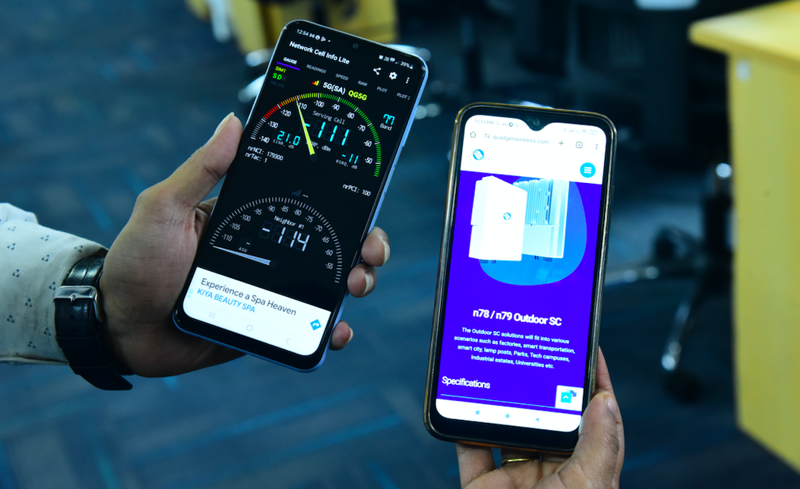
However, after 1 week of use, many users reported that the network connection quality was not really superior to 4G.
Specifically, many users said that after registering for a network package, the 5G icon was displayed on the phone screen, but when accessing social networking sites such as Facebook, Messenger or downloading emails, it was not really smooth, not much different from using 4G.
At the same time, the SpeedTest application only recorded download speeds ranging from 65-70 Mbps and upload speeds of 33 Mbps, a number equivalent to 4G networks. In addition, during Internet use, there was a phenomenon of 5G and 4G networks alternating intermittently.
Testing 5G in the Huynh Thuc Khang area (Hanoi), the download speed only reached 80.24 Mbps, the upload speed reached 8 Mbps and the latency was 32ms. Thus, at this location, 5G speed is even slower than 4G.
Testing some central areas of Hanoi such as Hoan Kiem Lake, Cau Giay... 5G network speed also encountered intermittent and unstable conditions.
According to a network representative, some users feel that 5G speed is not impressive, possibly because the 5G deployment infrastructure is still new, depending on geographical location.
Besides, most of the current users use smartphones, so 5G is almost constantly turned on, leading to overload and delay in the beginning.
Besides, there is another reason that 5G network has a narrower coverage range than 3G and 4G, so in the same area, the density of 5G BTS stations must also be greater than 3G and 4G. If this condition is not satisfied, it is entirely possible that 5G will be slower than 4G.
It can be seen that in the initial phase, the number of Viettel BTS stations is still limited (only reaching more than 6,500 stations nationwide), leading to 5G waves only working well in areas with high station density.
5G rates are nearly double 4G rates
It is known that Viettel has officially launched 19 5G packages for individual users, including 11 prepaid packages and 8 postpaid packages. Monthly fees start from 135,000 VND with 4GB of data/day to 480,000 VND for prepaid users and from 200,000 VND to 2 million VND for postpaid.
Each package includes different benefits: in addition to Internet capacity, there are also incentives for domestic and international calls, playing games, accessing social networks or watching TV, and storage.
In terms of access capacity and user benefits, most 5G packages are higher than 4G. However, the price of 5G packages is almost twice as high as 4G packages (the lowest 5G package is 135,000 VND while 4G is only 70,000 VND). So to experience 5G, people need to spend more money.
Instead of applying to certain users in the network list like 4G, the 5G package now has an expanded subscription limit for users, helping all users to have the same experience.
Vinaphone said the 5G trial program will take place from October 13 to November 15. If people own a 5G phone, when they pass through an area with signal, they will receive a message inviting them to experience the service. Accordingly, Vinaphone will give away 50 GB of data to use high-speed transmission for 30 days.
MobiFone is the latest network operator to join the 5G race, the network operator said it is deploying and ready for commercialization of 5G. It is expected that users will be able to experience 5G services from November.
It is predicted that when VNPT and MobiFone officially join the race, 5G prices will likely fluctuate and become more competitive.
Thus, after two major carriers join the race, the number of BTS stations will increase, causing the density of stations to increase, creating favorable conditions for 5G waves to operate well, helping to improve user experience.
Source: https://kinhtedothi.vn/toc-do-mang-5g-chap-chon-thieu-on-dinh.html


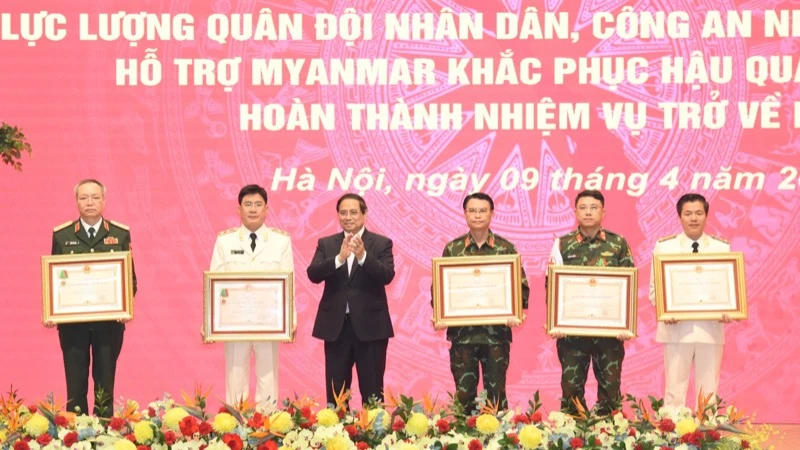


![[Photo] Opening of the 11th Conference of the 13th Party Central Committee](https://vstatic.vietnam.vn/vietnam/resource/IMAGE/2025/4/10/f9e717b67de343d7b687cb419c0829a2)
![[Photo] Prime Minister Pham Minh Chinh commends forces supporting Myanmar in overcoming earthquake consequences](https://vstatic.vietnam.vn/vietnam/resource/IMAGE/2025/4/10/e844656d18bd433f913182fbc2f35ec2)
![[Photo] April Festival in Can Tho City](https://vstatic.vietnam.vn/vietnam/resource/IMAGE/2025/4/10/bf5ae82870e648fabfbcc93a25b481ea)


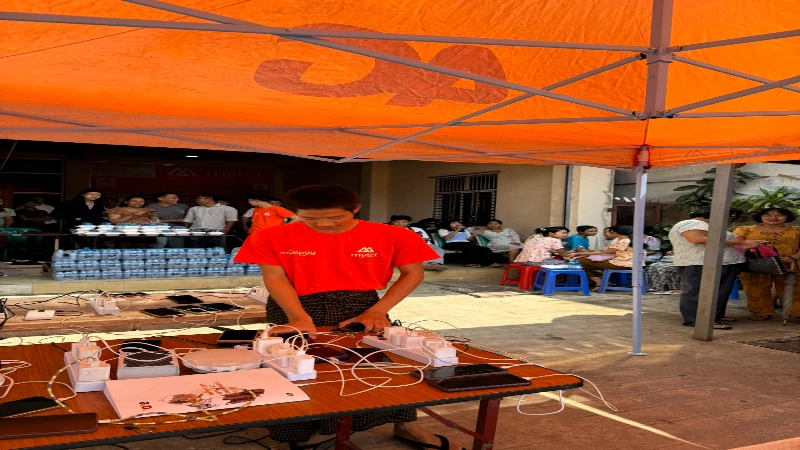


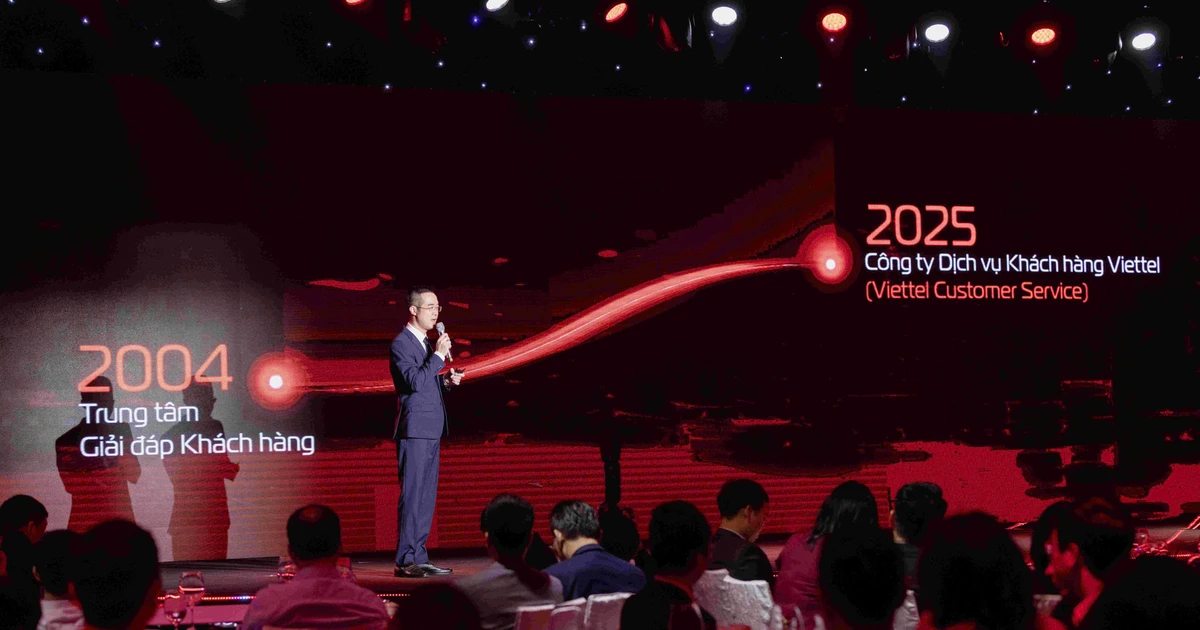
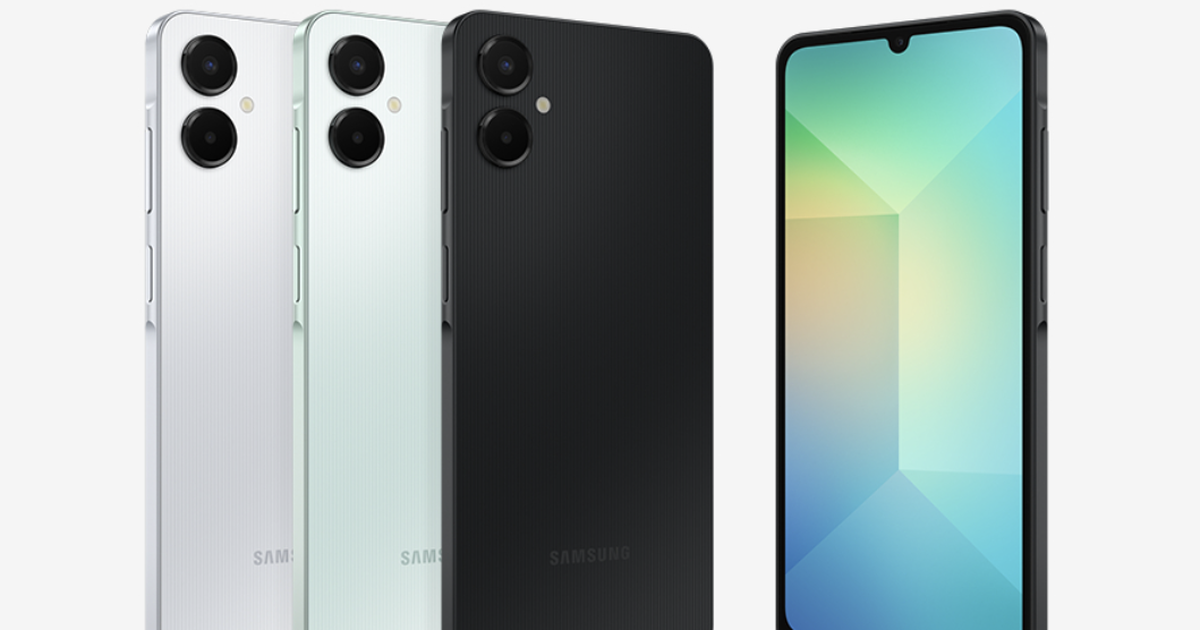



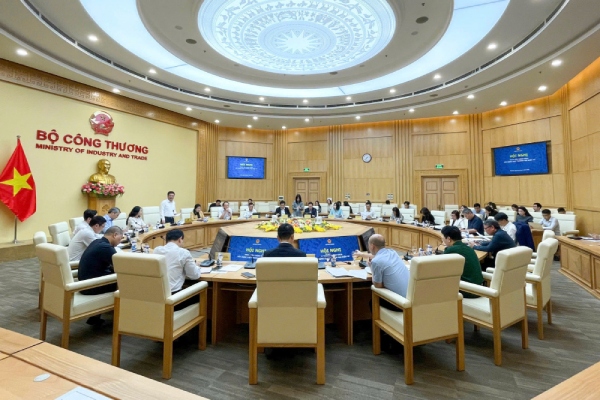
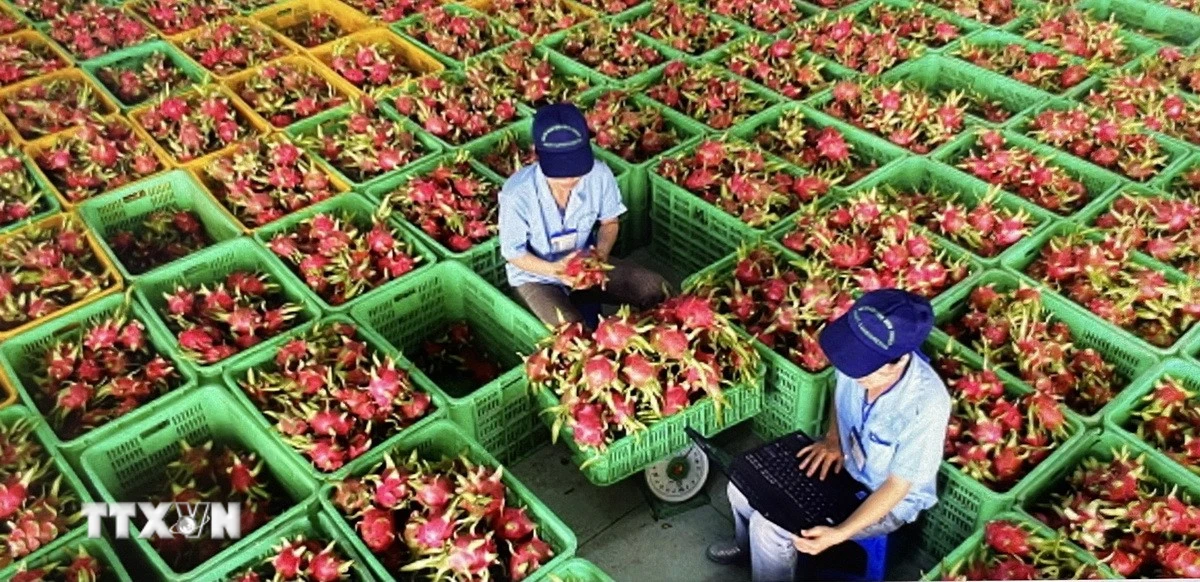







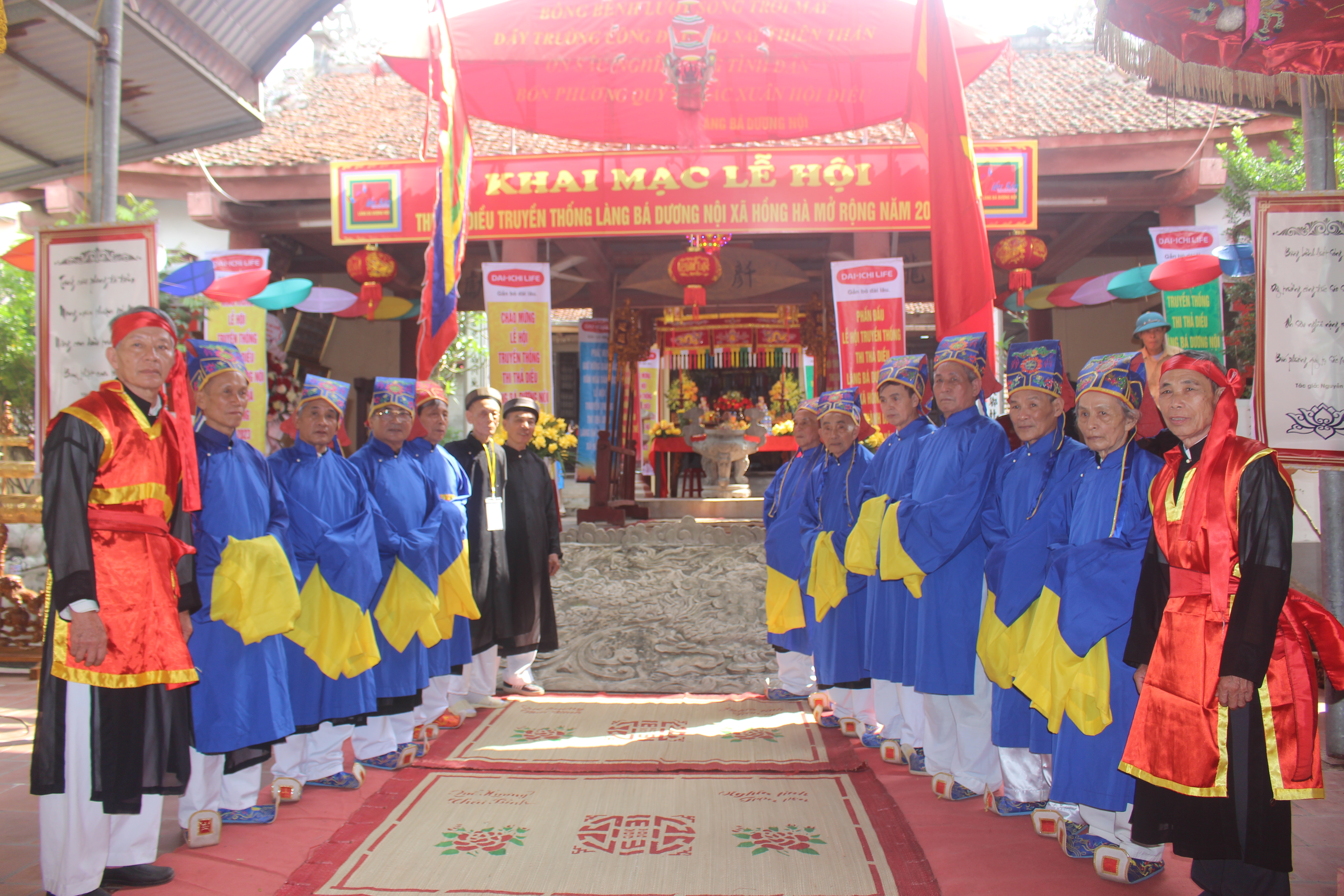

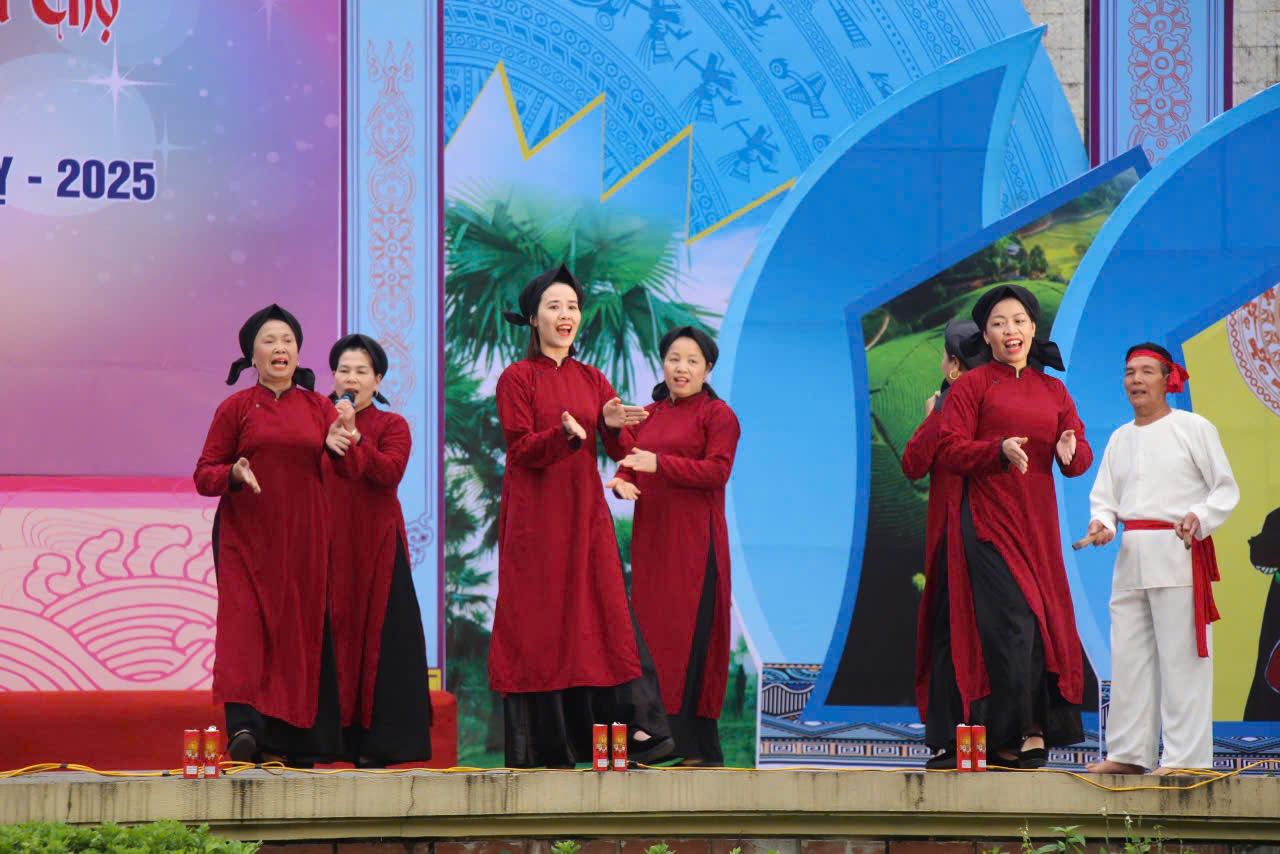

![[Photo] Reliving the heroic memories of the nation in the program "Hanoi - Will and belief in victory"](https://vstatic.vietnam.vn/vietnam/resource/IMAGE/2025/4/10/19ce7bfadf0a4a9d8e892f36f288e221)






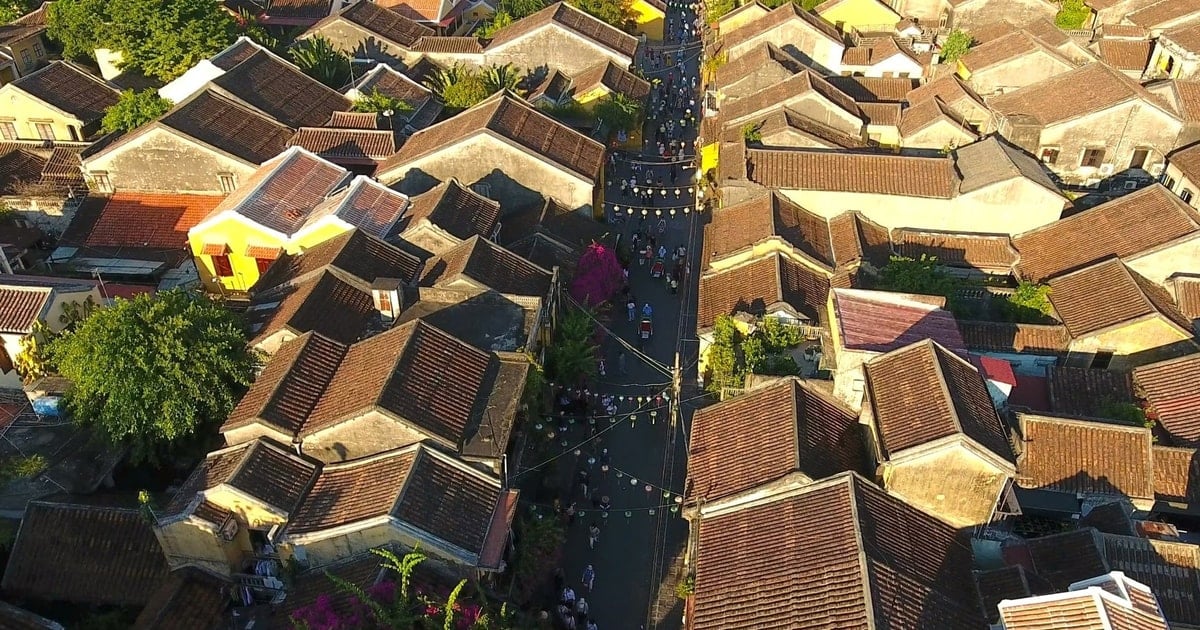







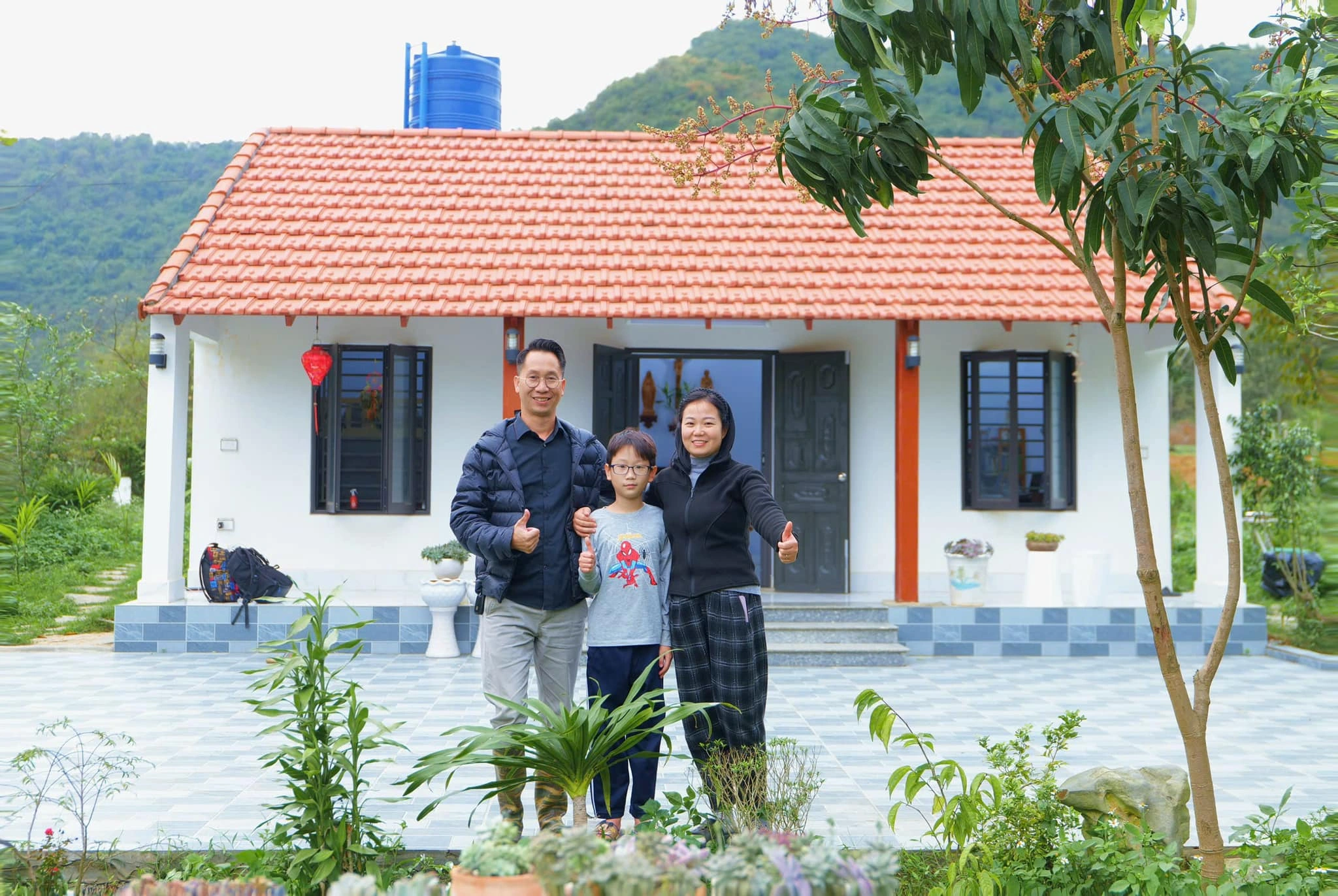






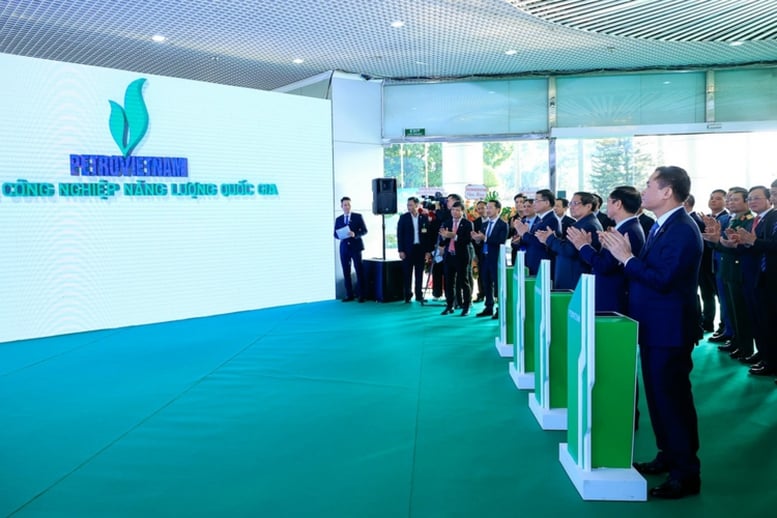

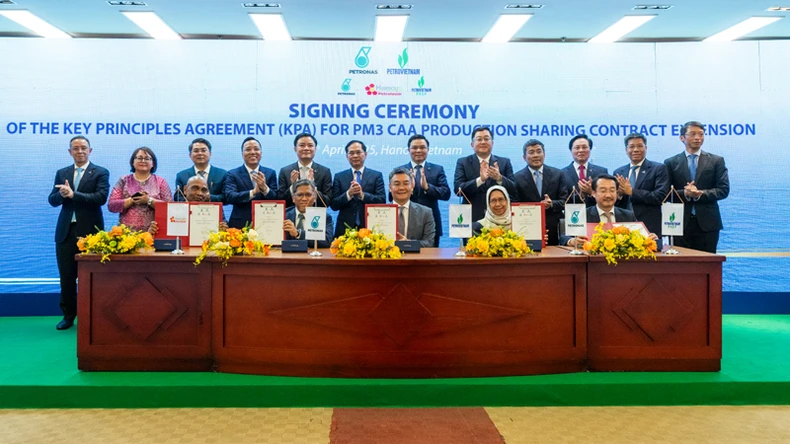
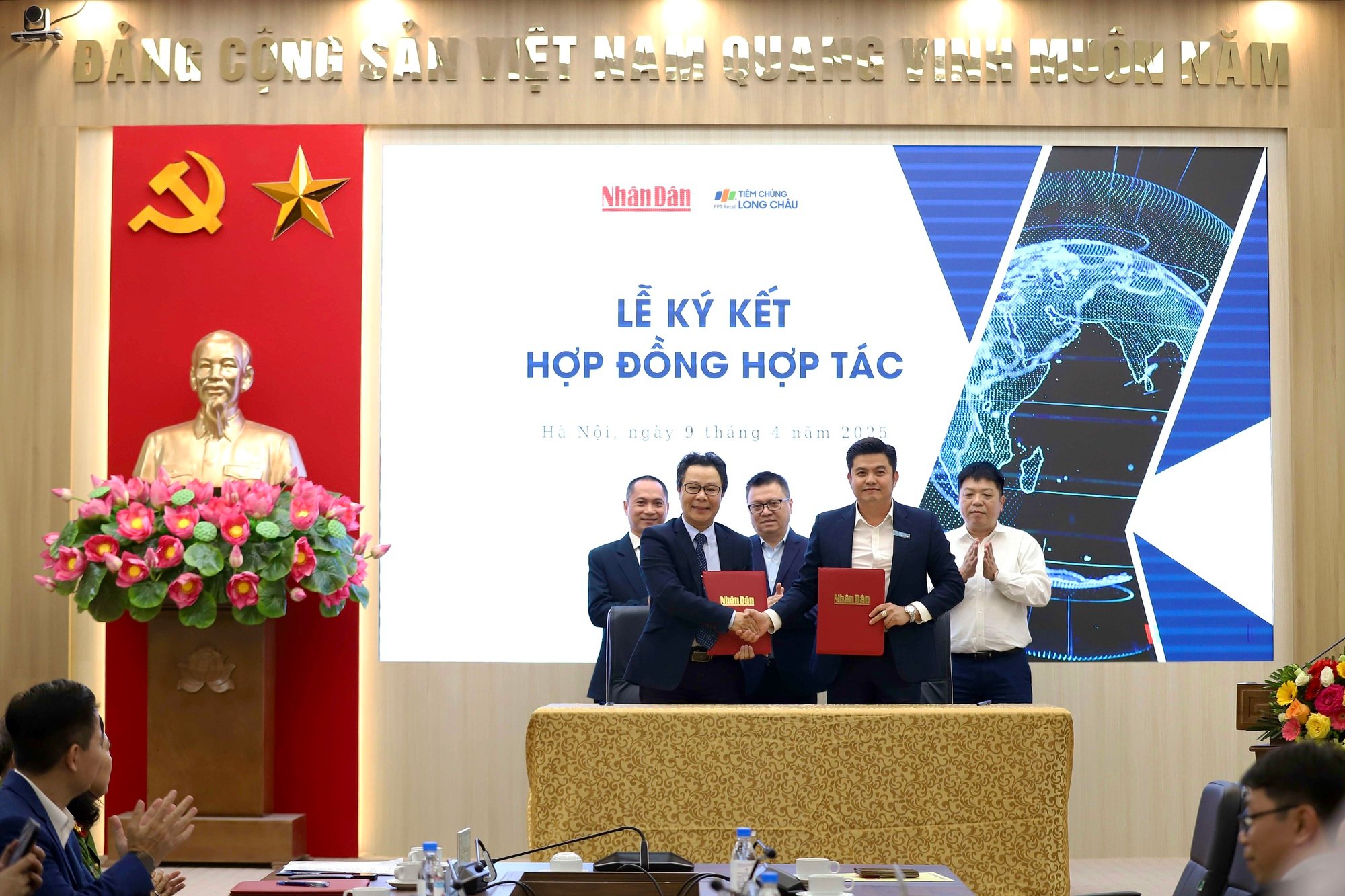
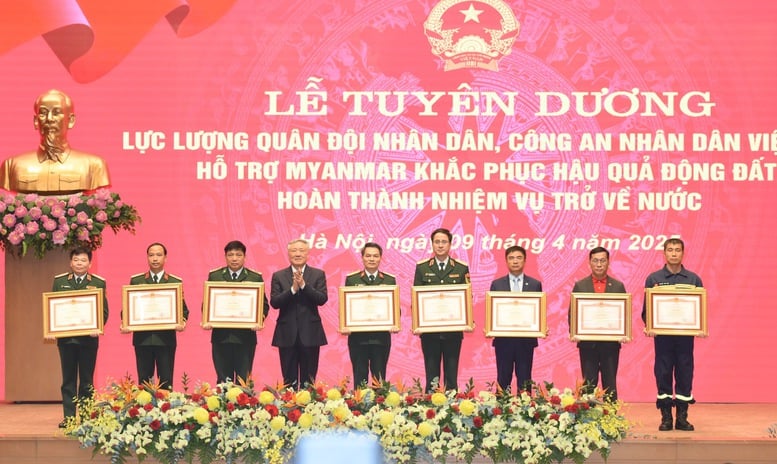
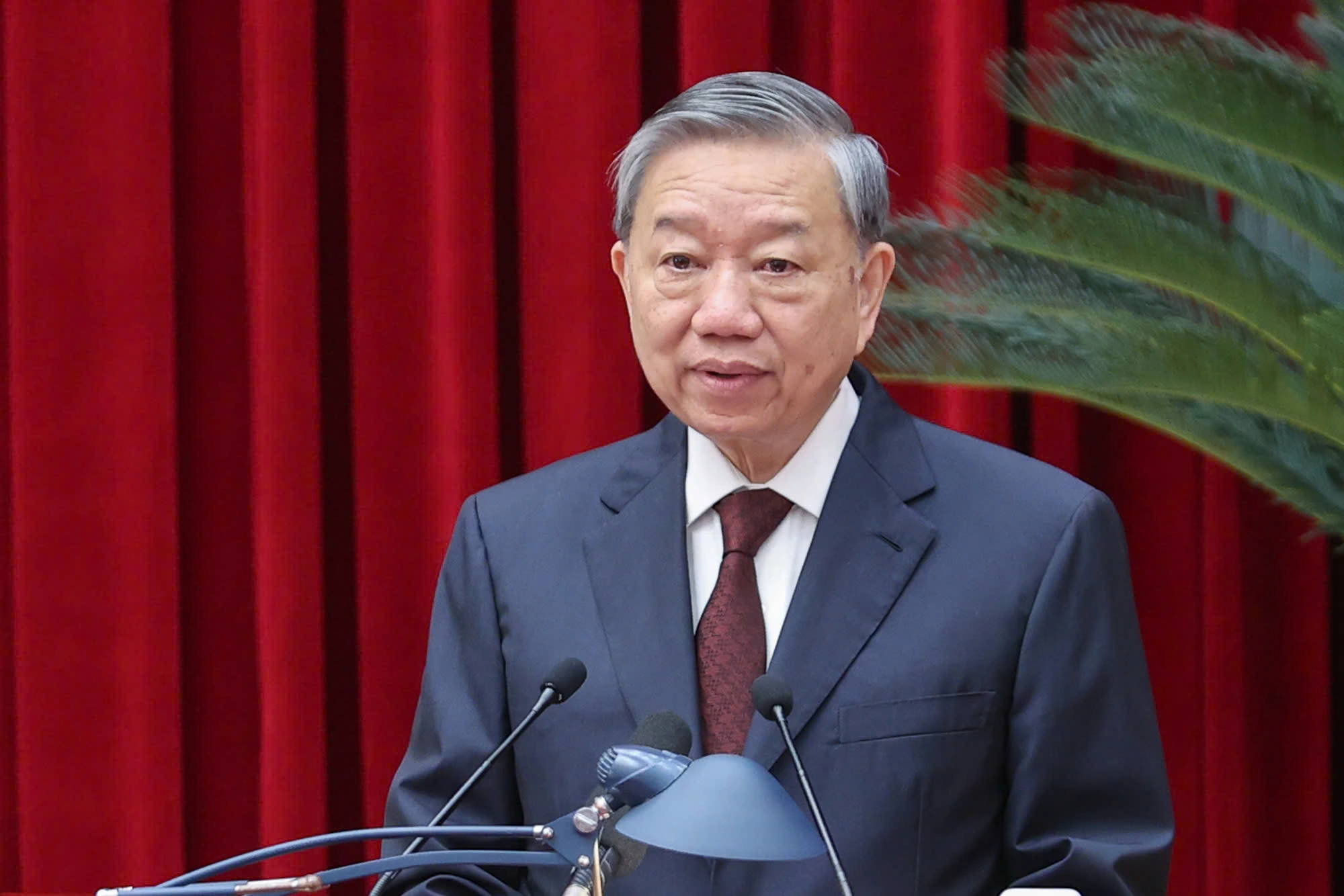

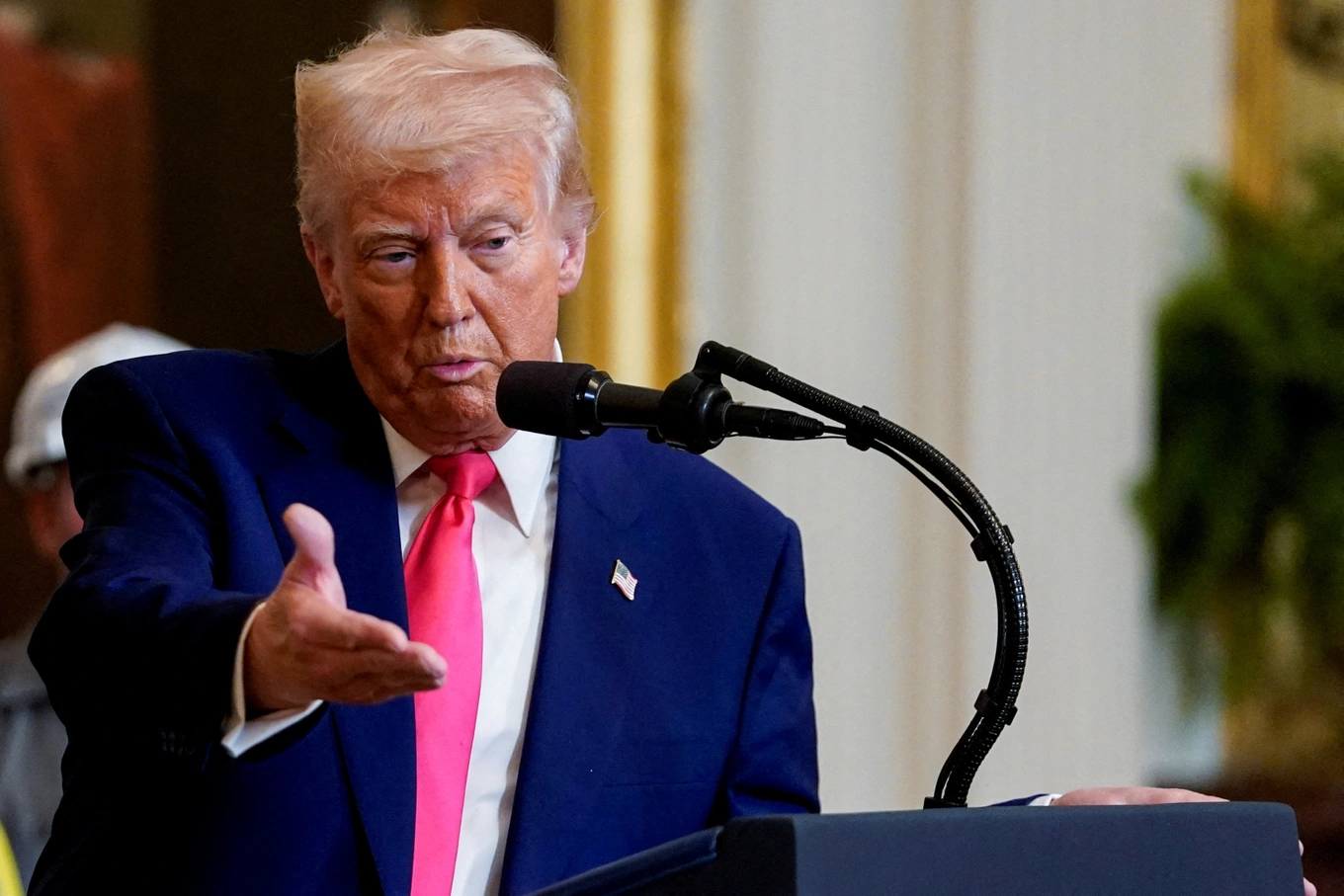



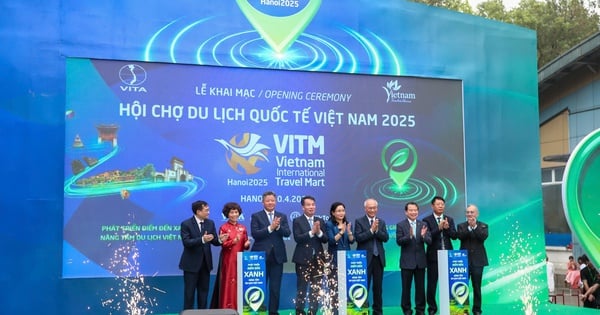


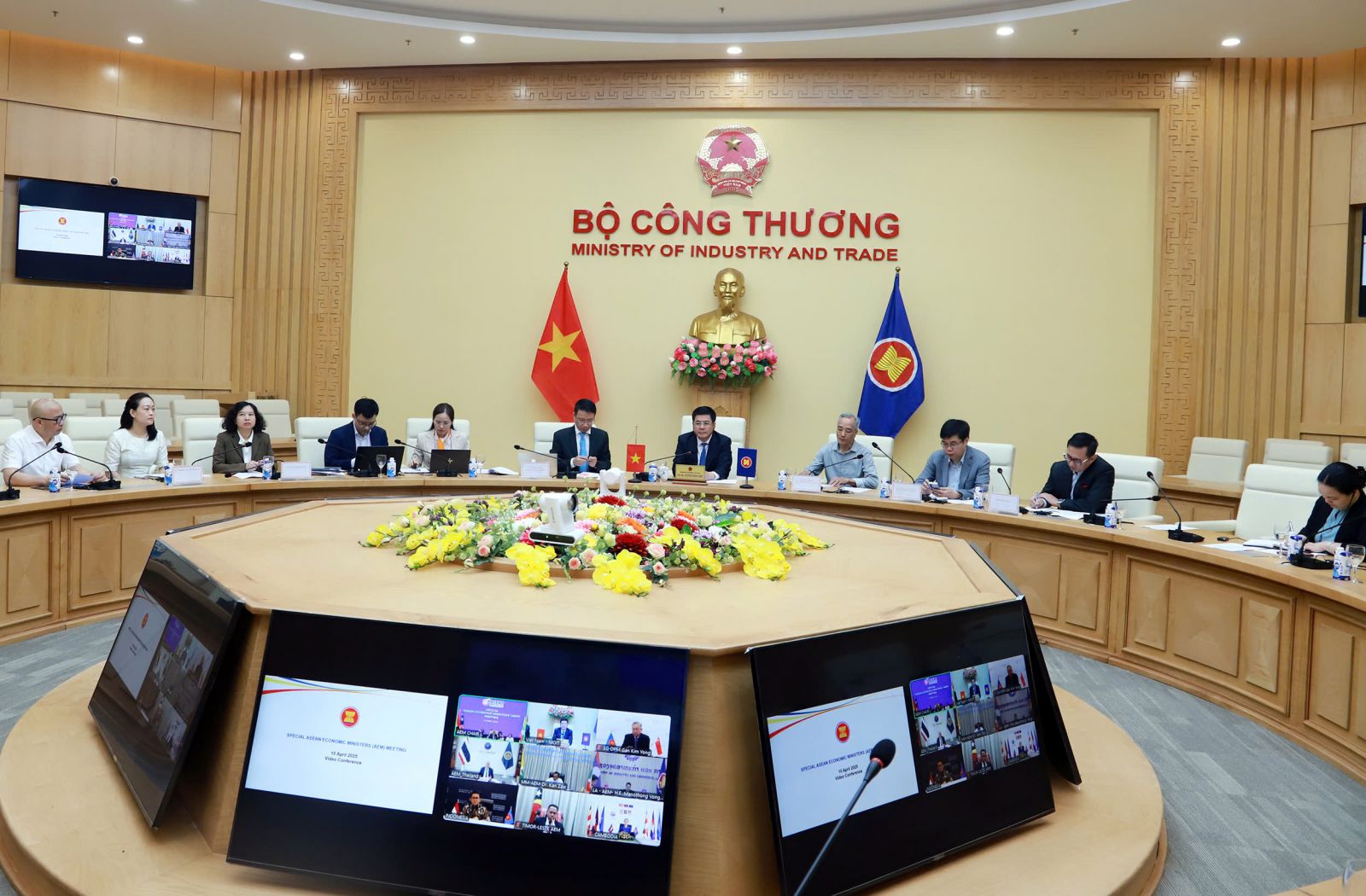

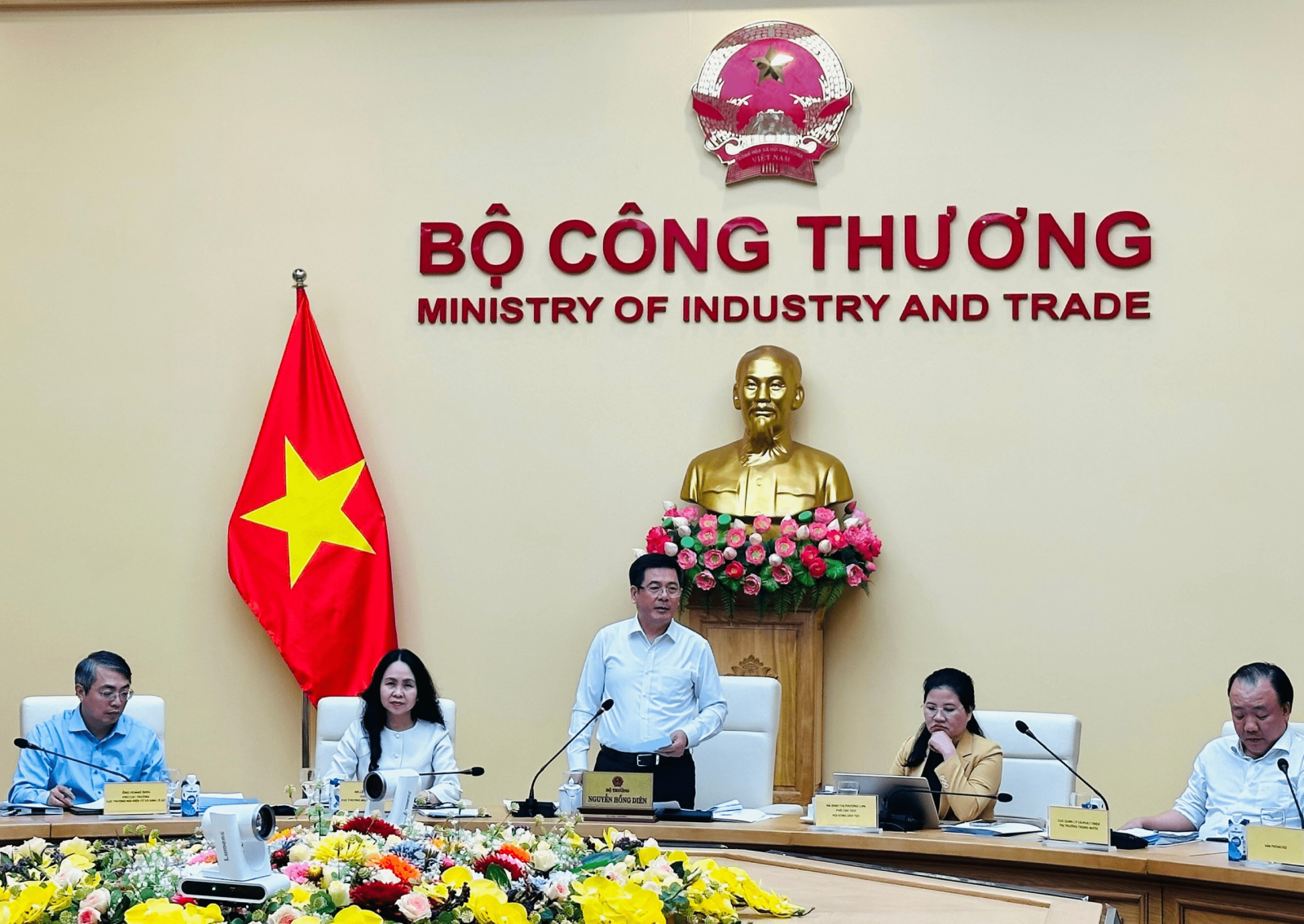

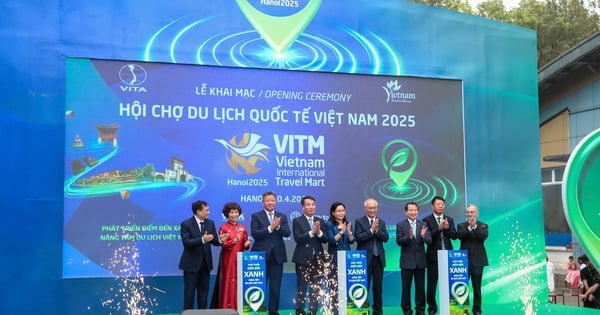



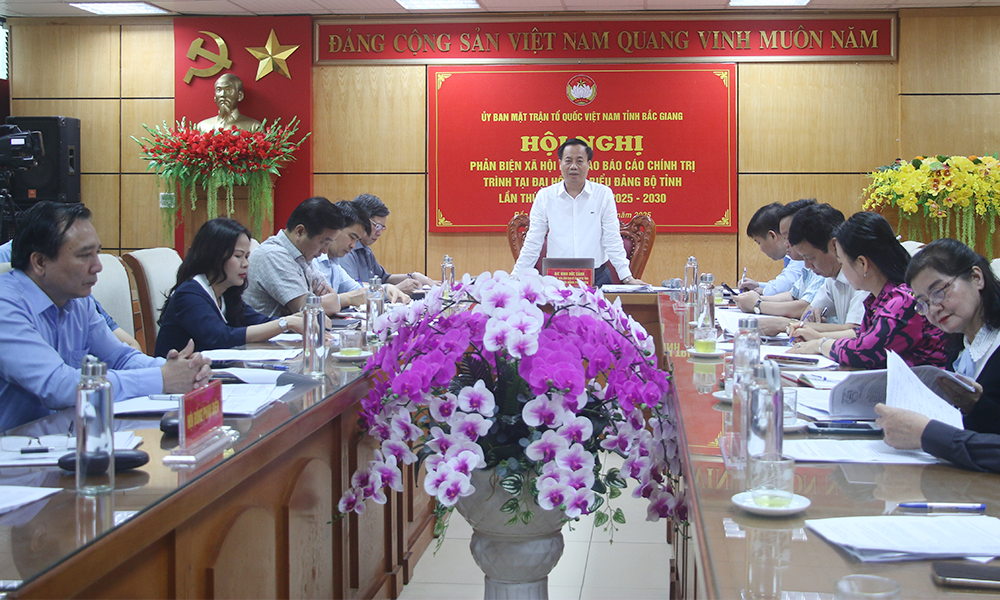




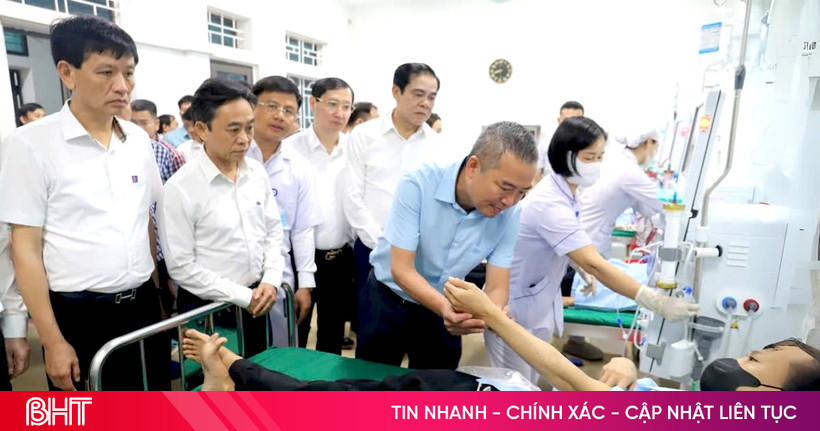

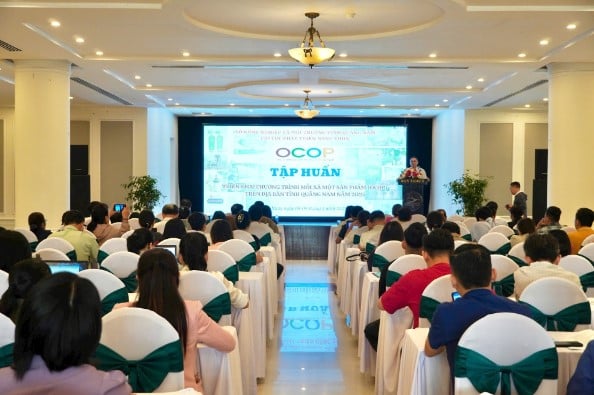

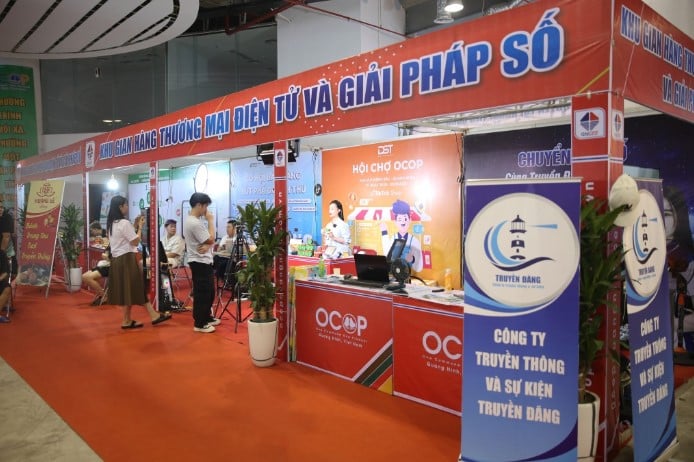






Comment (0)